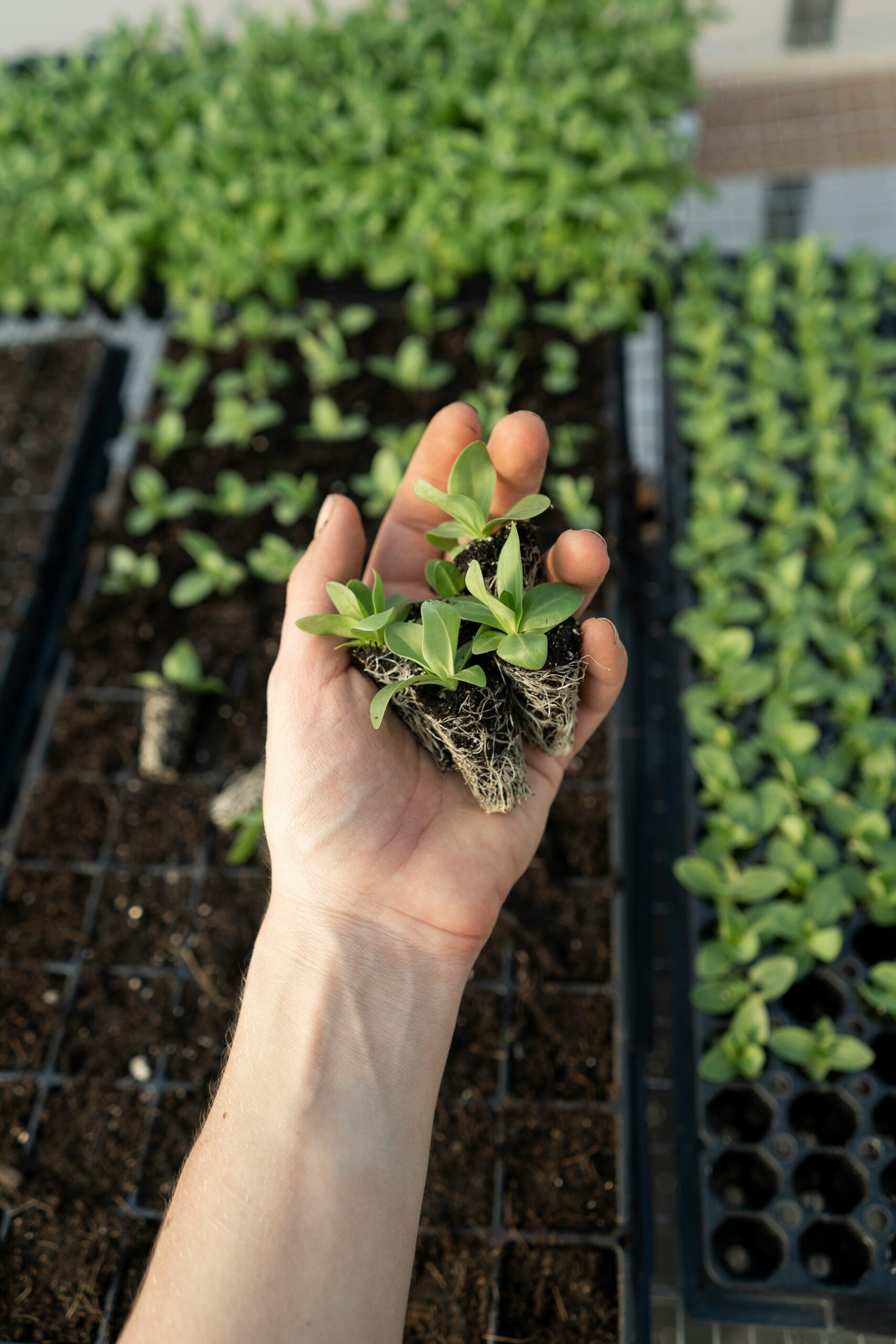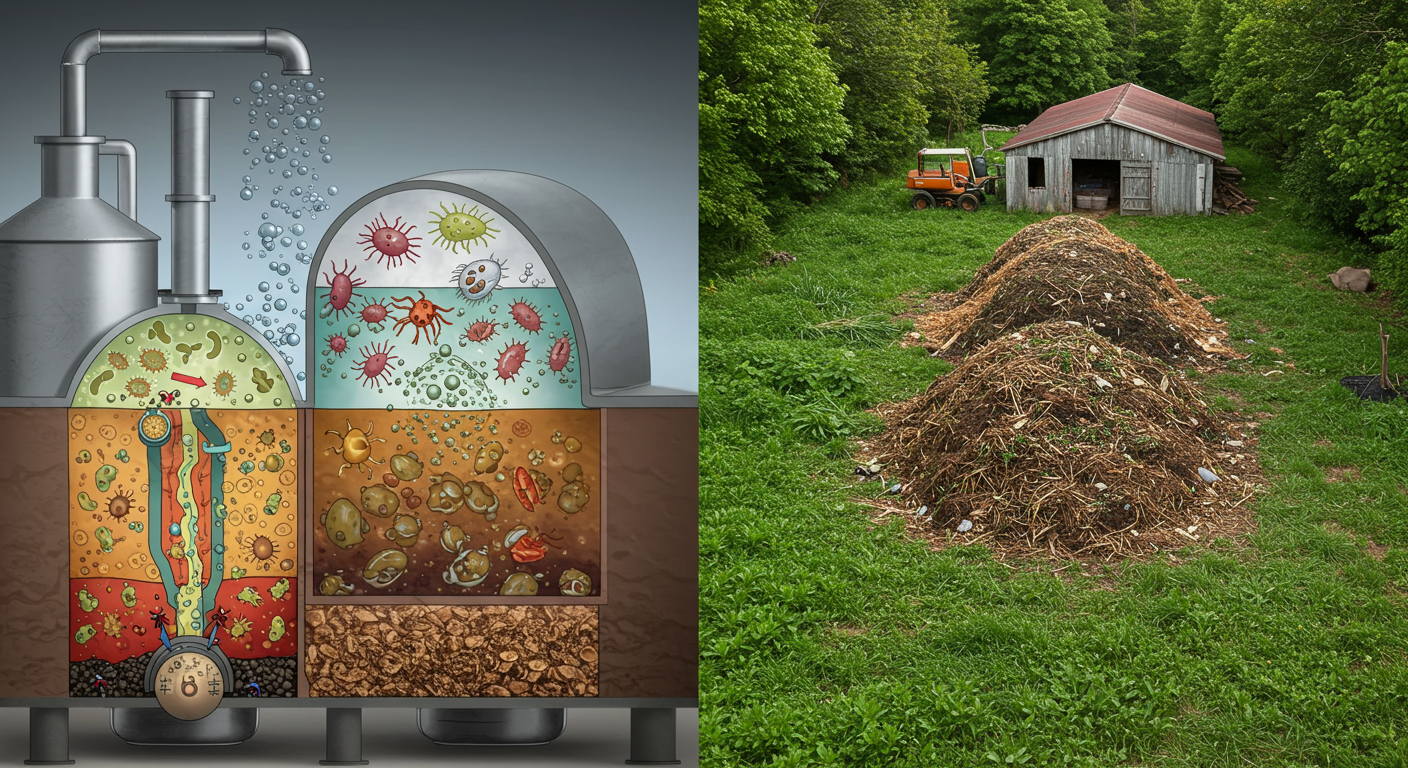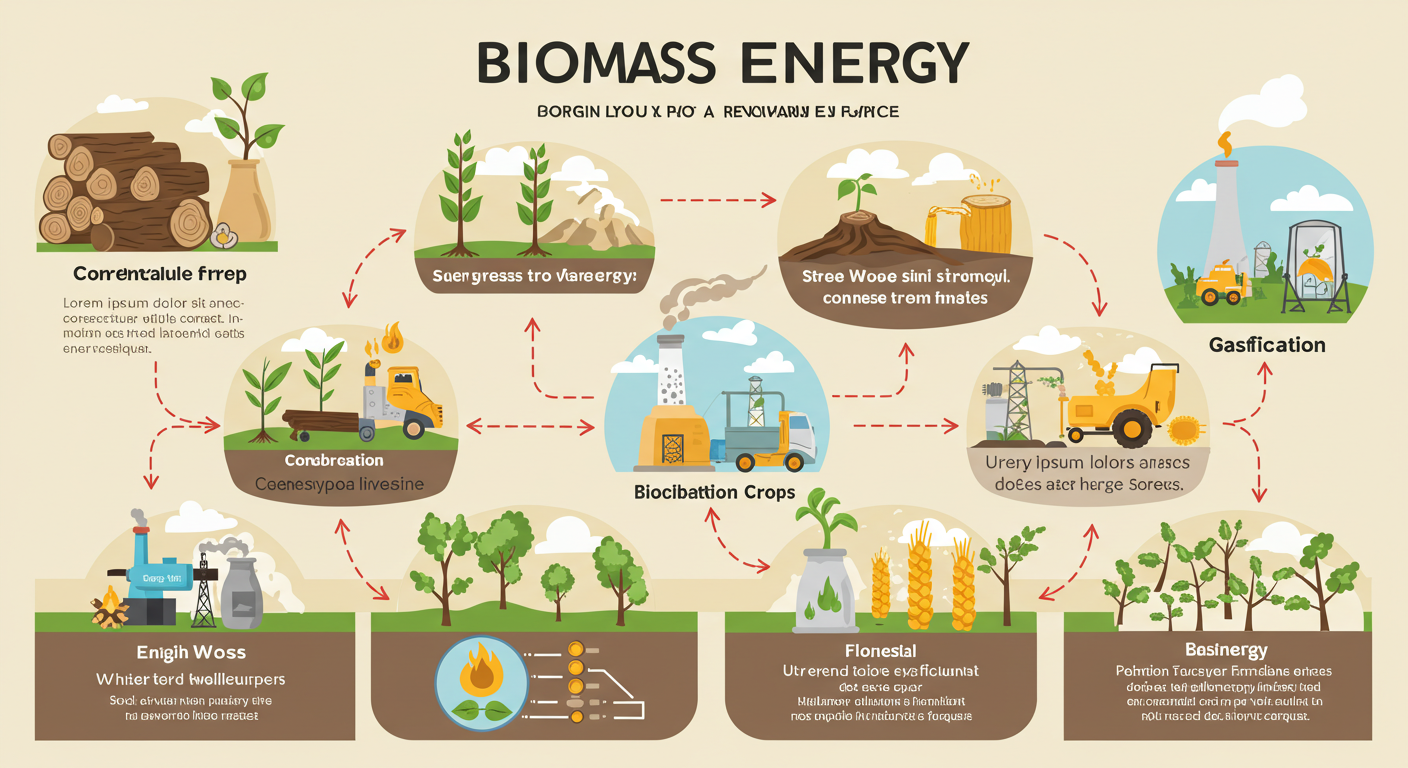Introduction to Hydroponic Farming
Hydroponic farming is revolutionizing agriculture by allowing crops to grow without soil. This innovative method uses nutrient-rich water solutions to deliver essential minerals directly to plant roots, enabling year-round production. As technology advances, so do the techniques that can enhance efficiency and yield in hydroponic systems.
Advanced Techniques for Maximizing Yield
One of the most significant advanced techniques in hydroponic farming is the utilization of automated systems. These systems can control nutrient delivery, pH levels, and lighting, ensuring optimal growing conditions. Additionally, vertical farming is becoming increasingly popular, allowing growers to maximize space and productivity by layering plant systems vertically.
Integrating Technology in Hydroponics
Incorporating technology, such as sensors and monitoring software, can greatly enhance hydroponic farming practices. This technology allows farmers to track plant health, monitor environmental factors, and make data-driven decisions. Advanced techniques also include the use of aquaponics, which combines fish farming with hydroponics, creating a sustainable ecosystem that can further optimize nutrient delivery and reduce waste.
Embracing these advanced hydroponic farming techniques not only leads to higher yields but also contributes to more sustainable agricultural practices. As the demand for fresh produce rises, mastering these methods will become increasingly important for modern farmers seeking to adapt to the changing landscape of agriculture.





